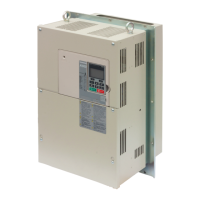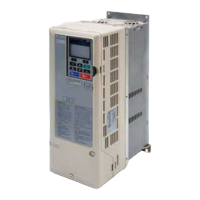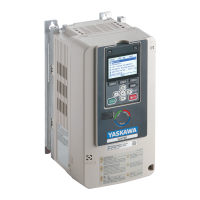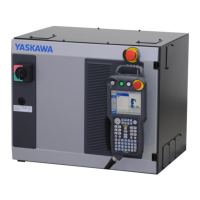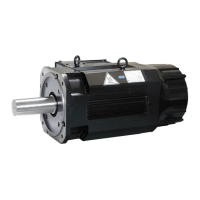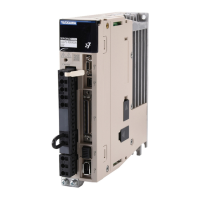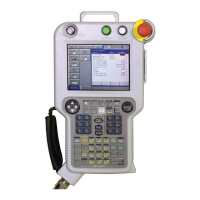u
n2: Speed Feedback Detection Control (AFR) Tuning
These parameters help achieve speed stability when a load is suddenly applied or removed.
Note: Properly set all motor parameters or perform Auto-Tuning before making changes to the AFR parameters.
n
n2-01: AFR Gain
Sets the internal speed feedback detection control gain in the AFR.
No. Name Setting Range Default
n2-01 AFR Gain 0.00 to 10.00 1.00
Although this parameter rarely needs to be changed, it may require adjustment in the following situations:
• If hunting occurs, increase the setting value in steps of 0.05 while checking the response.
• If response is low, decrease the setting value in steps of 0.05 while checking the response.
n
n2-02, n2-03: AFR Time Constant 1, 2
Parameter n2-02 sets the time constant normally used by AFR.
Parameter n2-03 sets the time constant during Speed Search or regenerative operation.
No. Name Setting Range Default
n2-02 AFR Time Constant 1 0 to 2000 ms 50 ms
n2-03 AFR Time Constant 2 0 to 2000 ms 750 ms
Note: Setting parameter n2-02 higher than n2-03 will trigger an oPE08 error.
Although these parameters rarely need to be changed, they may require adjustment in the following situations:
• If hunting occurs, increase n2-02. If response is low, decrease it.
• Increase n2-03 if overvoltage occurs with high inertia loads at the end of acceleration or with sudden load changes.
• If setting n2-02 to a higher value, increase C4-02 (Torque Compensation Delay Time Constant 1) proportionally.
• If setting n2-02 to a higher value, increase C4-06 (Torque Compensation Delay Time Constant 2) proportionally.
u
n3: High Slip Braking (HSB) and Overexcitation Braking
n
High Slip Braking (V/f)
HSB works in V/f Control only and decreases the stopping time compared to normal deceleration without using dynamic
braking options. HSB reduces the output frequency in large steps to stop the motor and produce a high slip, which dissipates
the regenerative energy created from decelerating the load in the motor windings. Due to the increased temperature of the
motor windings, do not use HSB to frequently stop the motor. The duty cycle should be around 5% or lower.
Notes on using High Slip Braking
• The set deceleration time is ignored during HSB. Use Overexcitation Deceleration 1 (L3-04 = 4) or a dynamic braking option
to stop the motor within a specified time.
• Braking time varies based on the load inertia and motor characteristics.
• Enabling HSB and KEB Ride-Thru simultaneously will trigger an oPE03 error.
•
HSB must be triggered by a digital input set to H1-oo = 68. After the HSB command is given, the drive will not restart
until the motor is completely stopped and the Run command is cycled.
• Use parameters n3-01 through n3-04 to adjust HSB.
n
n3-01: High Slip Braking Deceleration Frequency Width
Sets the step width for frequency reduction during HSB. Increase n3-01 if DC bus overvoltage (ov) occurs during HSB.
No. Name Setting Range Default
n3-01 High Slip Braking Deceleration Frequency Width 1 to 20% 5%
n
n3-02: High Slip Braking Current Limit
Sets the maximum current to be output during an HSB stop as a percentage of motor rated current (E2-01). Reducing the
current limit increases the deceleration time. This value must not exceed the current rating of the drive.
• Lower this setting if overvoltage occurs during HSB.
5.9 n: Special Adjustments
270
YASKAWA ELECTRIC SIEP C710616 31B YASKAWA AC Drive – A1000 Technical Manual
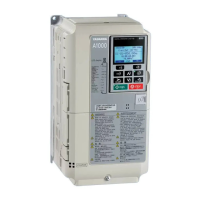
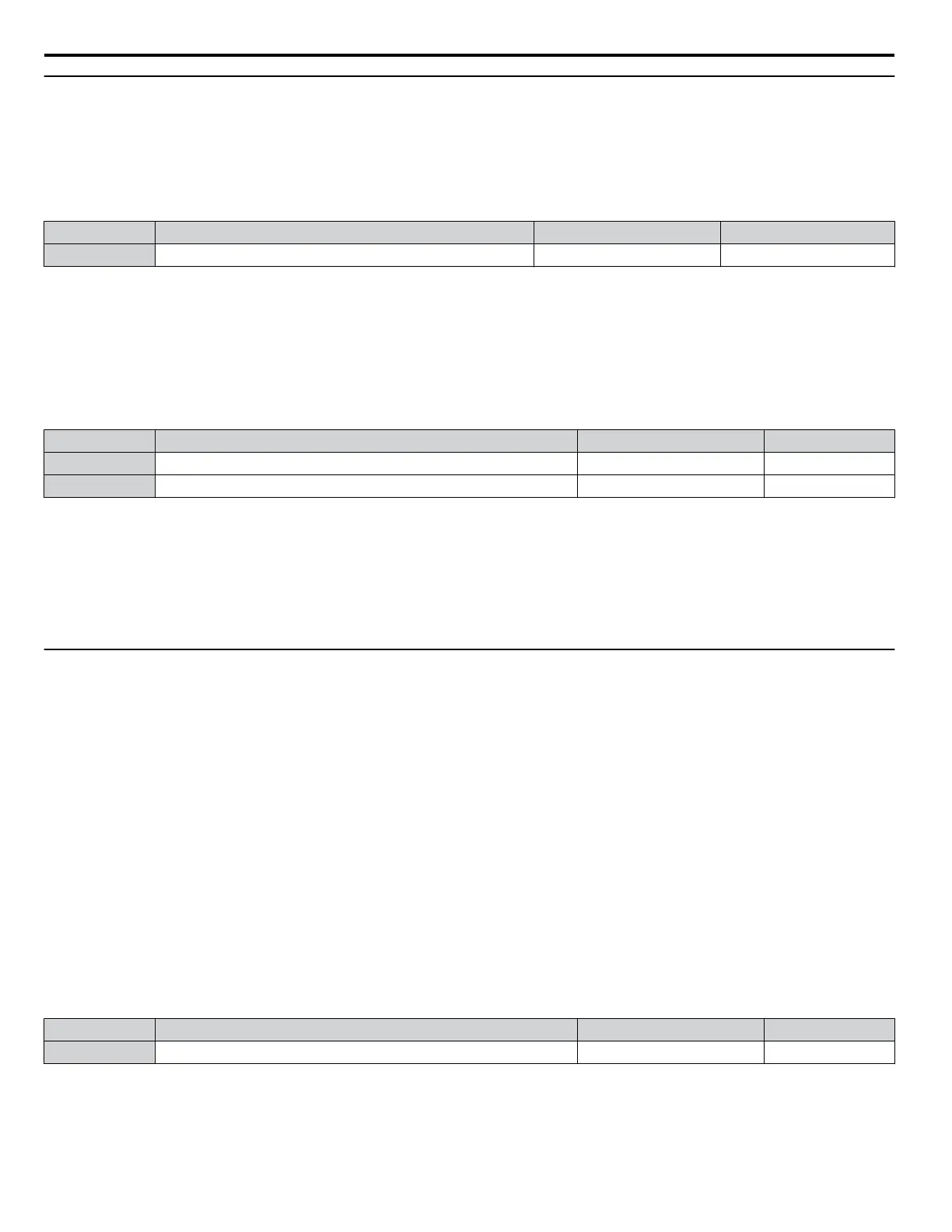